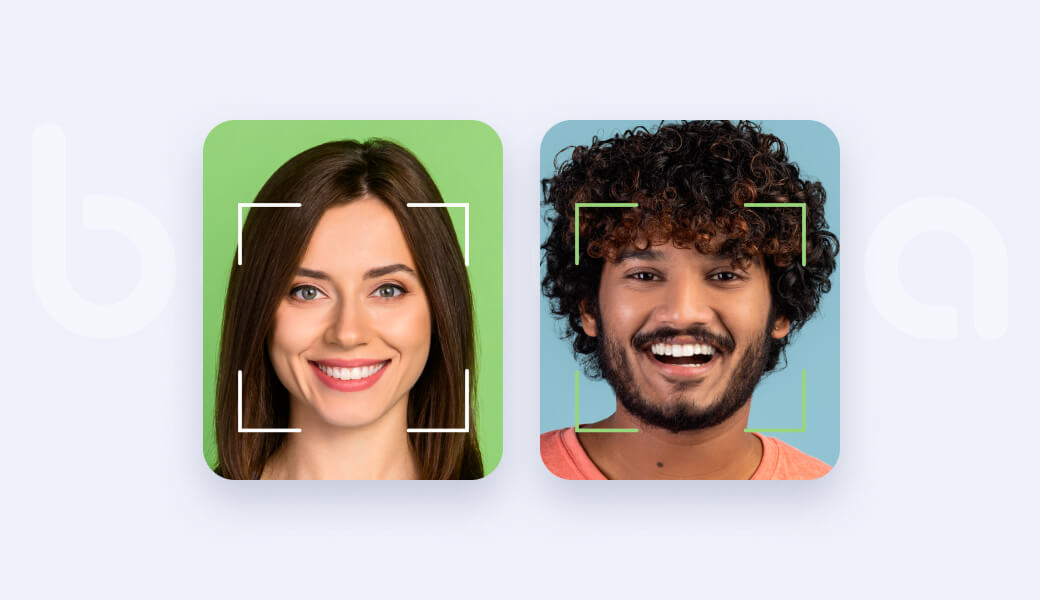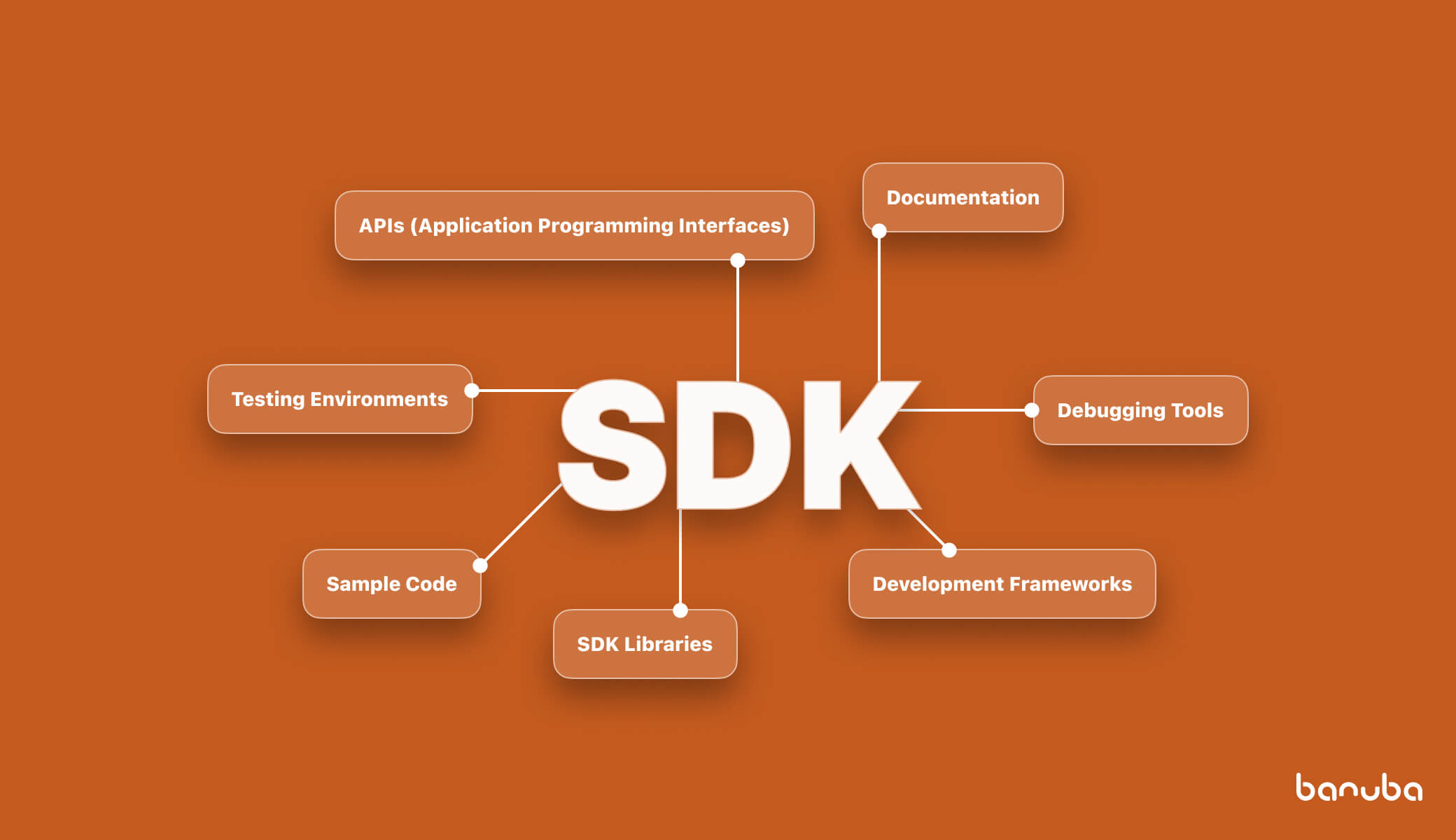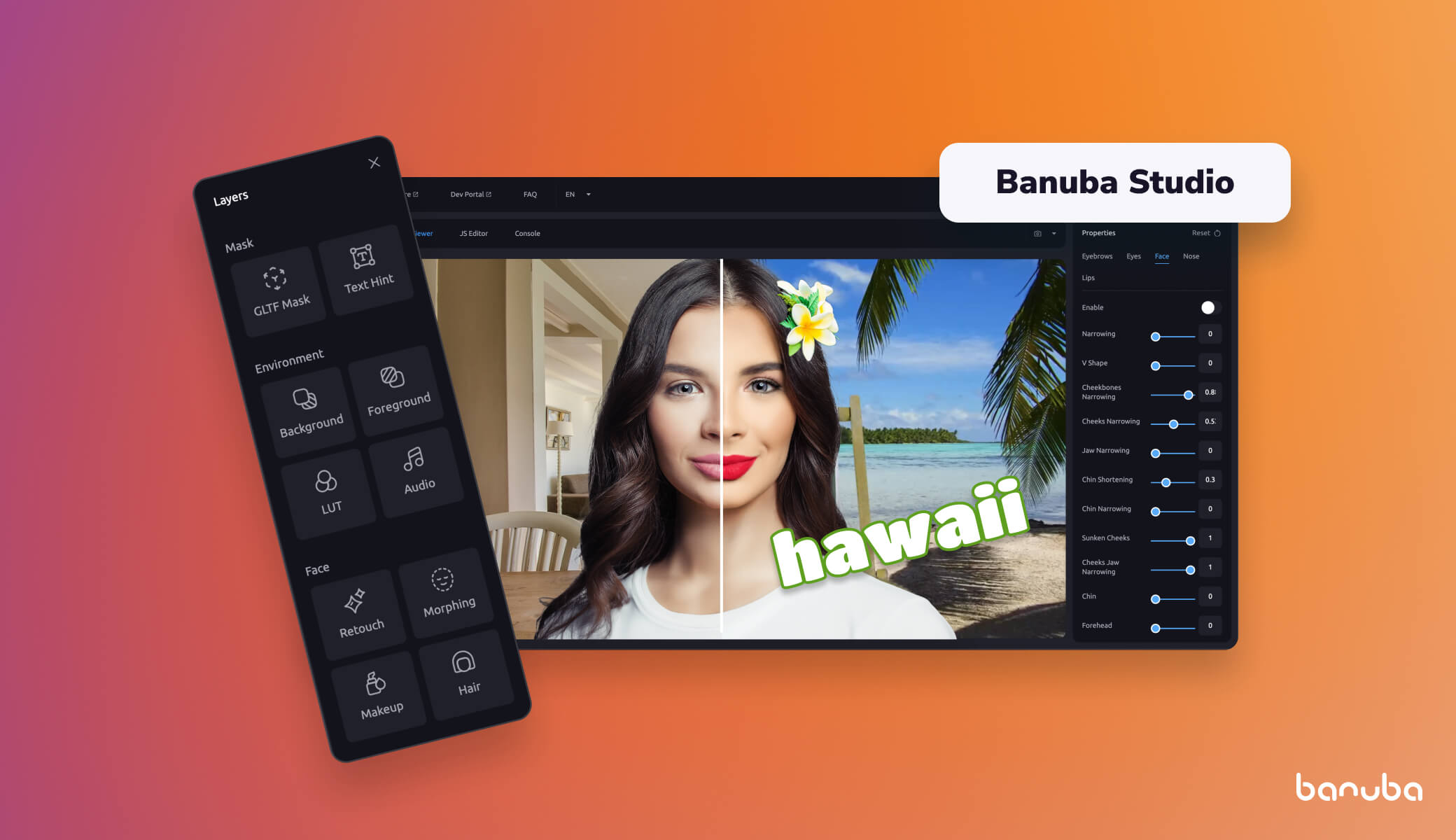10 Best Face Recognition APIs
Face-related technologies are used to apply virtual makeup, let authorized employees into restricted areas, fight identity fraud, and even pay for groceries. As they spread to new verticals, companies look to enter the market with new software. However, making face recognition applications from scratch is a long and expensive process, so to save time and money, businesses turn to face recognition APIs and SDKs. In this article, we will explain what this technology is and how to get it on a budget, as well as show the 10 most prominent APIs on the market.


[navigation]
TL;DR:
- "Face detection" is recognizing a face in the picture or video. "Face recognition" means recognizing a specific face;
- Integrating these features as premade packages helps save time, lowers initial investment, and provides expanded functionality;
- Top face recognition SDKs/APIs include Microsoft Azure AI Vision, Banuba Face AR SDK, and Rekognition.
Face recognition vs face detection & face tracking
Many people conflate face recognition with face detection and face tracking. While these technologies have a lot in common, they perform different functions and have different applications.
The term “face recognition” means matching the face in a photo or video to a specific person in the database. It is used for biometric identification, law enforcement, and the like.
“Face detection” is determining whether there is a human face in the photo or video and finding its precise location. And “tracking” means following it through each frame. These technologies are used in tandem for virtual try-on, video communication, social media, etc.
Banuba’s specialty is face detection and tracking, although the algorithms could be repurposed for recognition purposes. For example, one of our customers uses Banuba Face AR SDK as a foundation for their biometrics software now powering banking and cryptocurrency apps.
Face recognition APIs & SDKs in brief
An SDK (software development kit) is a collection of libraries designed to be quickly installed in an application and perform specific tasks, e.g. recognizing and tracking faces. An API (application programming interface) is a set of rules and protocols that allows different software applications to communicate and interact with each other. If you need to access a third-party application, you can use its API to get the results quickly, even if you don’t know how the software works under the hood.
When making a facial recognition application, both SDKs and APIs serve a similar purpose – to help introduce a complex technology quickly and on a budget. Training neural networks to reliably recognize objects in different environments, lighting conditions, and video/photo quality takes time and money, as well as specialized knowledge. So many companies use ready-made tools instead of building everything from scratch.
These are the main advantages of using a facial recognition SDK or API:
- Lower initial investment. Making a reliable face recognition system from the ground up can take hundreds of thousands of dollars. The yearly license for an SDK or API costs a fraction of that. This also means that you risk less money, if the software doesn’t find success.
- Shorter time-to-market. An SDK could be integrated with a few lines of code, while development could take many months. The faster you release your MVP (minimum viable product), the sooner you will start getting customers.
- Lower maintenance costs. The API or SDK vendor is responsible for keeping their product up-to-date and well-running. Your team can be redirected to other tasks.
- Enhanced functionality. The module you license could have additional features that would enhance your offering, e.g. analytics, special effects, or virtual backgrounds.
- Community support. Besides the vendor’s customer support, you can also rely on the community of other users who share best practices and ways to make your experience better.
10 best facial recognition APIs
Now, let’s cover the 10 most prominent facial recognition APIs on the market. Some of them already include everything, others are better used as a base for other facial recognition software.
1. Microsoft Azure AI Vision
Microsoft Azure AI Vision, formerly known as Microsoft computer vision API) is a powerful multipurpose computer vision service. It offers optical character recognition (OCR), image analysis, spatial analysis, and face recognition. This is what its Face API features:
- Face Detection
- Face Verification
- Face Identification
- Face Grouping
- Similar Face Search
The Face API access could be purchased separately, and includes 30.000 free transactions per month (calculated at the endpoint). Its pricing depends on the number of transactions, with larger packages receiving a bulk discount.
Face API’s common use cases include biometric identity verification, touchless access control, and face redaction. However, Microsoft places limitations on who can use this product: police departments in the USA and businesses who develop facial recognition technology for them are forbidden from using Face API, as a part of company’s ethical approach. Moreover, this product is only available to Microsoft managed customers.
2. Banuba Face AR SDK
Banuba is a premier artificial intelligence and computer vision lab from Europe. Its Face AR SDK uses state of the art AI to recognize human faces, but also has advanced features, e.g. TikTok-like masks and realistic virtual cosmetics. Several companies also use it as a foundation for biometric software that controls access to sensitive information and fights identity fraud.
This is what Face AR SDK has to offer:
- Face detection and tracking
- Scripting engine
- Rendering engine
- Virtual backgrounds
- AR try-on (cosmetics, jewelry, glasses, hats, etc.)
- Face masks and filters
- Hand recognition and tracking
- Triggers
Face AR SDK is compatible with native iOS and Android applications, as well as Flutter, React Native, Mac, Windows, Web, and Unity. It has a 14-day free trial that lets you test all the features. Moreover, its pricing is independent from the number of users, making it extremely scalable.
3. Rekognition
Rekognition is Amazon’s object detection service that includes a face recognition API. It is separated into two products, one for static images and one for videos. This is what they are capable of:
- Face detection and tracking
- Face comparison
- Face liveness
- Personal protective equipment detection
- Celebrity recognition
- People pathing
Rekognition has a complex pricing structure mostly based on the number of analyses conducted.
4. Cloud Vision API
Cloud Vision API is Google’s image processing platform. It doesn’t have dedicated face recognition algorithms, but can serve as a reliable foundation for such software thanks to its efficiency. This is what it can offer in relation to faces:
- Face detection and tracking
- Multiple object detection
- Explicit content detection
- Image properties detection
- Crop hint detection
- Emotion analysis
- Celebrity recognition (in beta)
Each part of Cloud Vision is priced separately depending on the number of uses. First 1000 units per month are free.
5. Clarifai
The numerous artificial intelligence and machine learning offerings of Clarifai include a face recognition API. It is commonly used for access control, authentication and verification, media exploitation, demographic analysis, and more.
Clarifai’s facial recognition technology can do the following:
- Face detection and tracking
- Face comparison
- Emotion recognition
- Eye openness detection
- Support for both photo and video
Clarifai has a free version available for small developers. The paid plans also include 1000 free operations.
6. Inferdo
Inferdo has several image recognition solutions, including a facial recognition API. However, besides detecting and tracking faces, it can also locate facial features, determine age, and detect gender.
Inferdo has four pricing plans. Each of them except for the free one include a specified number of images to be processed. The excess ones are priced at $0.0005/img.
7. Kairos
Kairos is one of the most significant facial recognition/face detection APIs on the market. It has gained popularity among both clients and investors, as the company secured over $11M in funding.
Its functionalities include:
- Face detection
- Face identification
- Face verification
- Age detection
- Gender detection
- Multi-face detection
- Facial coordinates/Facial attributes
- Face liveness
- Diversity recognition
Kairos has 4 cloud-based pricing plans, as well as an on-premise option. The subscriptions differ in the number of transactions per minute, as well as available features and a price per transaction.
8. Luxand
Luxand is a premier face recognition API that counts several Fortune 500 companies among its customers. It includes both the core and advanced features:
- Face recognition
- Age/gender detection
- Face verification
- Emotion detection
- Facial liveness detection
- Facial landmarks detection
- Liveness detection
- Face cropping
Luxand has 4 pricing plans that differ in the number of transactions per second, faces in storage, and API requests.
9. Deepface
Deepface is a Python library that claims to recognize faces better than humans do. It is free and open source, with the code available on GitHub.
Deepface can perform all the core face recognition and analytics functions:
- Face detection
- Age estimation
- Gender detection
- Emotion recognition
- Race detection
10. Face++
Face++ is a Chinese product that has gained international recognition, customers, and awards. It is available as an API and as an SDK and includes:
- Face detection
- Face identification
- Face comparison
- Body recognition
API access can be bought on a monthly basis or using a pay-as-you-go system.
Best face recognition API
There is no single product that would be the best for all cases. Some business cases require a comprehensive boxed face recognition solution, others only need certain features or modules. The prices and pricing models also affect the selection process. The optimal option would be to sign up for a free trial and see the products for yourself.




